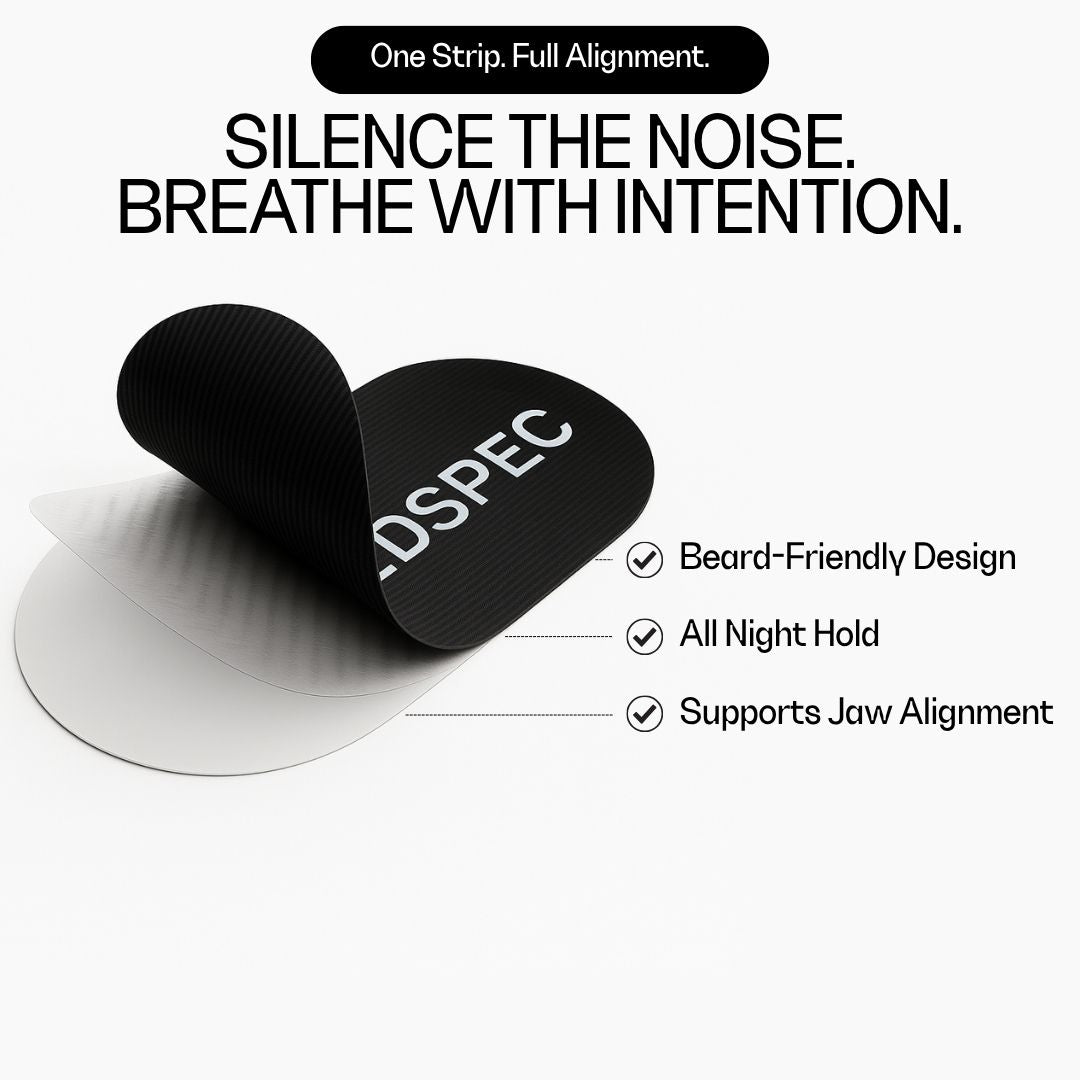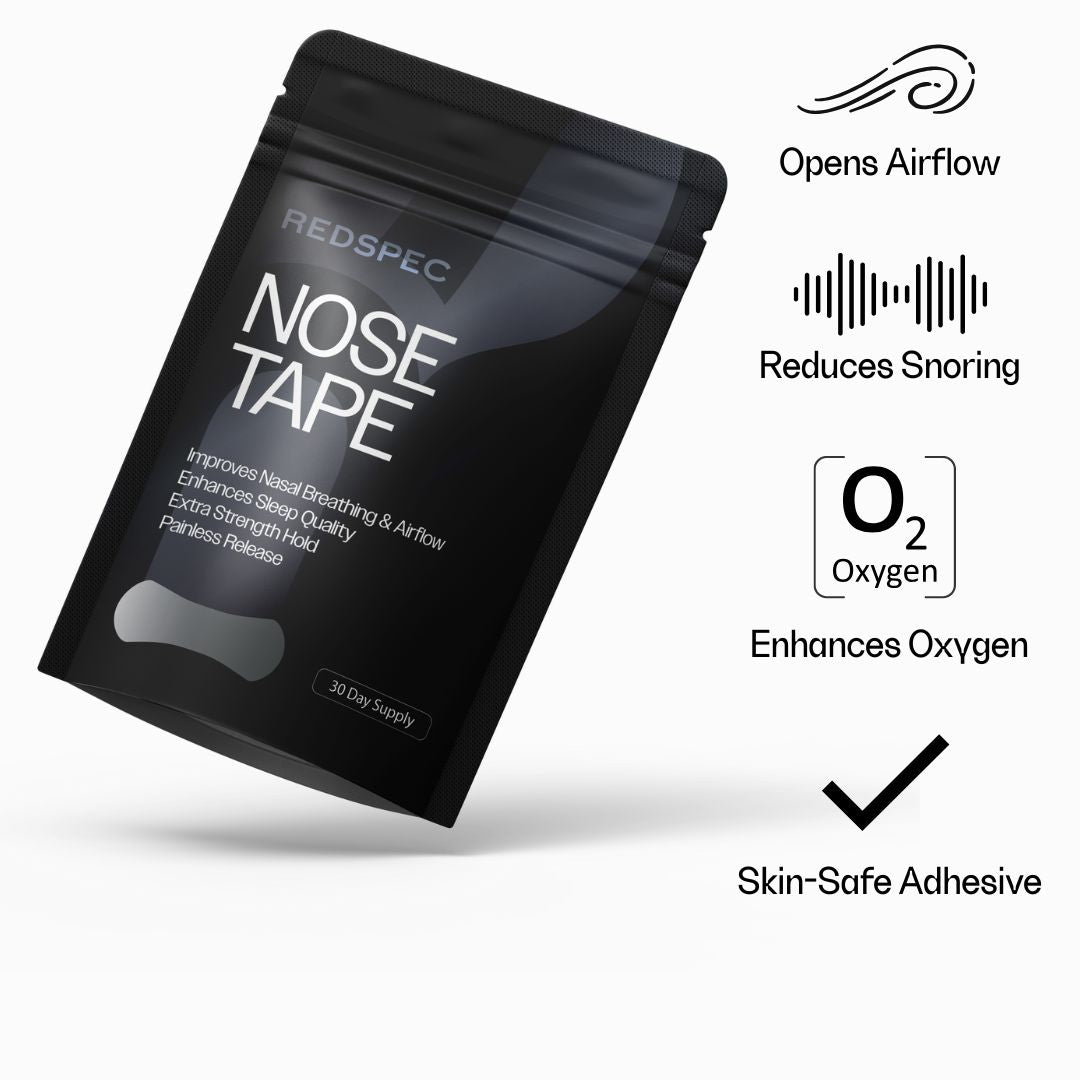Your brain runs on light.
Every wavelength you absorb tells your system what to do—wake up, focus, recover, or rest. If that input’s off, everything else follows: your hormones, your cognition, your sleep. That’s where lens timing comes in.
Switching between day and night lenses isn’t aesthetic—it’s neurological. Here’s why it matters, and how to do it right.
Day Lenses: Built for Focus
During daylight hours, your system thrives on clarity—but modern light works against that. Blue-violet wavelengths from screens and LEDs flood your visual field, triggering strain, fatigue, and nervous system overload.
Yellow lenses correct that.
They filter high-energy light to reduce digital glare, ease photic stress, and sharpen visual contrast. You stay focused longer—without the edge of overstimulation.
Use during:
-
Morning to late afternoon
-
Screen-heavy workflows
-
Artificial or low-angle lighting environments
Night Lenses: Built for Recovery
As daylight fades, your biology expects light to dim and shift warmer. But most environments don’t follow that rhythm. Indoor lighting, late-night screens, and overhead LEDs continue to suppress melatonin and keep cortisol elevated.
Red lenses counter that disruption.
They block the exact wavelengths that signal “stay alert,” helping your system transition into rest mode—physiologically, not just mentally.
Use during:
-
Post-sunset
-
Pre-bed rituals
-
Low-light or screen exposure after dark
Why the Switch Matters
You wouldn’t drink espresso at 9PM.
You wouldn’t try to meditate in a nightclub.
Light has timing—and your eyewear should too.
When you match lens type to your circadian phase, you create clarity by day and recovery at night. Not just better focus or sleep—better alignment.
The Ritual
AM: Put on yellow lenses after waking. Wear through core work hours.
PM: As the sun sets or screens stay on, switch to red. Let your nervous system downshift.
Repeat. Daily. Systematically.
You don’t need more willpower. You need less biological resistance.
The right lens at the right time makes that automatic.
That’s the logic behind RedSpec—two lenses, one optimized rhythm.









Leave a comment
This site is protected by hCaptcha and the hCaptcha Privacy Policy and Terms of Service apply.